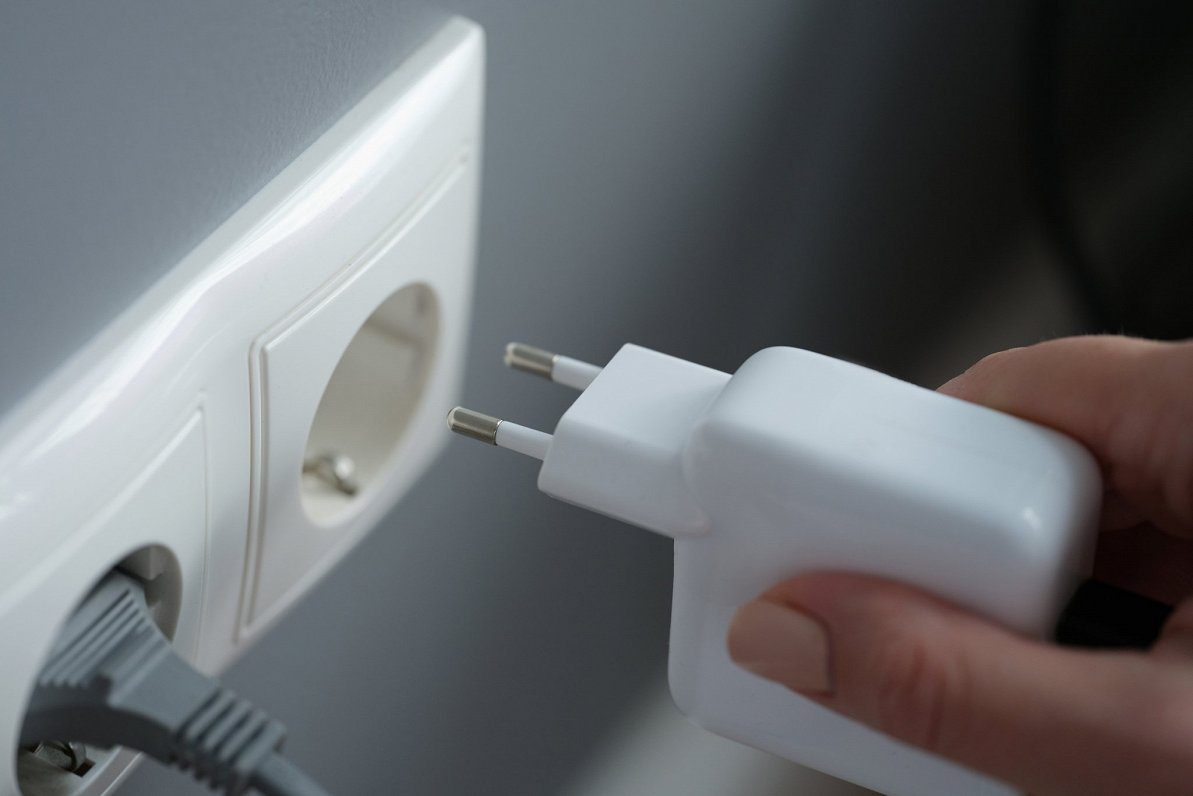83% of the energy consumed by households was used for heating and hot water, 8% for cooking and 9% for other uses, including electricity (refrigerator, TV, computer, washing machine and other appliances).
Most of the households (39.4% of households) used electricity, natural gas (28.7%) or liquefied petroleum gas (19.8%) for cooking. 12.1% of households used firewood for cooking.
Consumption of diesel fuel is increasing, consumption of petrol and liquefied petroleum is decreasing
In 2020, more than half (54.3%) of households in Latvia had at least one car. Over the last five years, the consumption of petrol and LPG in cars has fallen by 19% and 59% respectively, while the consumption of diesel has increased by 45%.
Households receive more heat from external suppliers
58% of households in Latvia received heat from external suppliers. In Riga, 84% of households received heating, in the cities of the Republic – on average 71%, in other cities – 56%, but in rural areas only 17%. In 2020, compared to 2015, the number of households in Latvia that received heat from external suppliers increased by 5% or 23.3 thousand, in Riga the number of such households increased by 9% or 20.6 thousand.
In 2020, the total heated area was 58.4 million square meters (m2) or an average of 70 m2 per dwelling. More than half (55.0%) of the heated area is made up of apartments, while the rest is detached houses (45.0%). The total heated area in 2020 has increased by 2.7 million m2compared to 2015. The largest increase in heated areas since 2015 is observed in Zemgale (by 7.5%) and Pieriga (by 7.4%).
The lowest heat energy expenditure – in dwellings built after 2000
Of all dwellings, 3.0% were fully insulated between 2015 and 2020, some energy efficiency improvement measures were taken (windows replaced, insulation of external walls, roofing replaced) 8.9% of dwellings and 80% of dwellings were not insulation measures have been taken.
In turn, 8.1% of dwellings have been built after 2000 and have been insulated during construction in accordance with the construction standard.
In dwellings insulated between 2015 and 2020, average heat expenditure per m2 the heated areas were 6.04 eur / m2which is 20.5% less than in homes without energy efficiency improvement measures (€ 7.60 / m2). In turn, in dwellings built after 2000, the average heat expenditure, if received from an external heat supplier, was the lowest – 4.26 euros / m2 (43.9% less than in dwellings built before 2000 and not insulated).
One third of households prepare firewood for the winter
In 2020, 82.5% of the number of wood-consuming households used firewood for heating, which is most often used for cooking ovens and stoves. Since 2015, the share of households purchasing firewood has slightly decreased and the share of households producing firewood has increased. Only 60.8% of firewood consuming households bought firewood.
About a third of households (32.7%) produce firewood from their own agricultural land or forests, 1.5% receive firewood free of charge as social assistance, while other households (5%) obtain firewood differently.
Wood chip briquettes and wood pellets for heating account for 16% of the number of wood-consuming dwellings, mostly in combined central heating and hot water boilers. The use of wood chip briquettes in indoor stoves in 2020 (6.9%), compared to 2015 (2.8%), has increased by 4.1 percentage points.
The share of desktop computers is decreasing, the share of laptops is increasing
In 2020, almost every Latvian household had a refrigerator (98.9%), a television set (92.8%) and an automatic washing machine (92.4%). Computers are available to 72.9% of households, but the share of laptops has increased significantly – from 48.1% in 2015 to 60% in 2020 – and the share of desktops has decreased from 33.4% to 26.3%. The share of various electrical appliances (electric kettles, electric tumble driers, freezers, dishwashers) in households continues to increase.
The household energy survey is conducted every five years, and its aim was to find out how much energy was consumed by Latvian households in 2020 and what their expenses were. Of the surveyed households, 35% were located in Riga, 21% in large cities, 15% in other cities and 28% in rural areas.
–


